
Wildfire Safety Tips For Camping
Camping is usually a time to unwind, meet new people or have a great personal time with your relatives and friends. It mostly happens in a quiet place which may be around bushy areas. There are instances where the safety of the campers might be in question because of factors such as wild animals, wildfires, and harsh weather.
Wildfire is one of the many factors that may affect the safety of campers. The campers must prepare for situations where they encounter wildfire during their camping. Knowing about the location's terrain, the fire regulations of the area and tools to take along to prevent and stop a wildfire is essential.
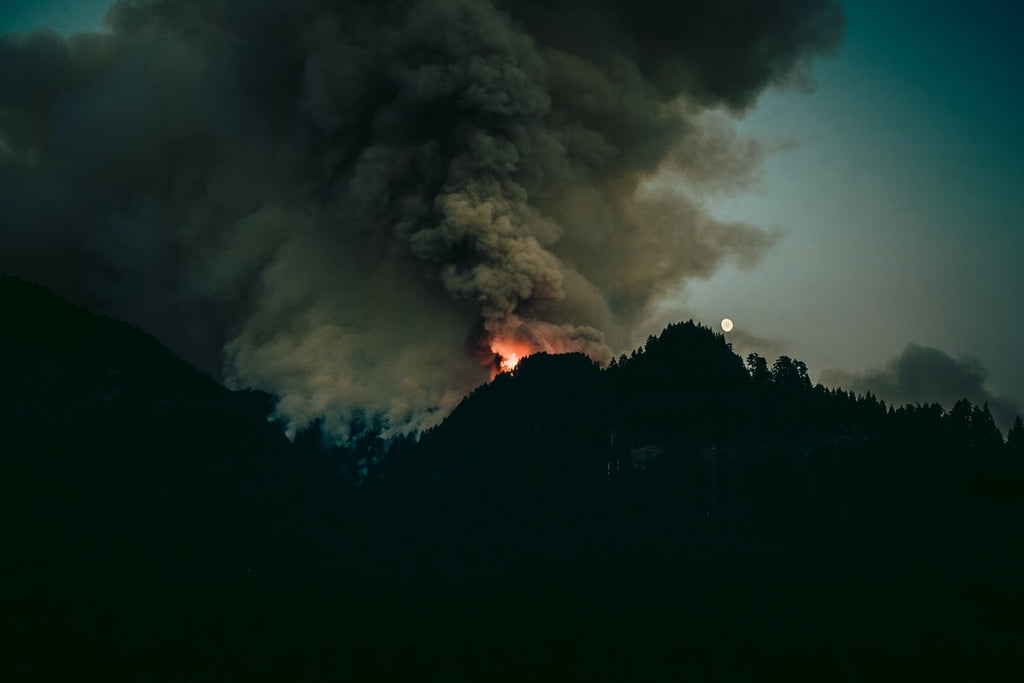
Is it safe to go camping during wildfire season?
It is not safe to go camping during wildfire season because of the potential of having a wildfire outbreak. However, it is necessary to go with precautionary tools and understand the location's terrain to know they exist and entry points.
Wildfire season is the period when a wildfire is most prevalent in an area. This happens mostly during the dry or summer season when the trees and grasses are dry and can easily catch fire. They also can spread widely as fast as the way.
Tips to Prevent Wildfires When Camping
Here are some outdoor fire safety tips for precaution.
Campfires
It is vital to ensure that campfires do not extend beyond the area designated for them. Also, when the campers are done with the fire, they should put it out completely. This can be done by dousing the fire with water and ensuring it is finally put out by touching the ashes to make sure they are cold.
It would help if you did not leave the campfire unattended in the summertime as the wind may spread it all over the camp before you discover the havoc. Fire, wind, and a wide range of dry plants are all needed ingredients to start a wildfire.
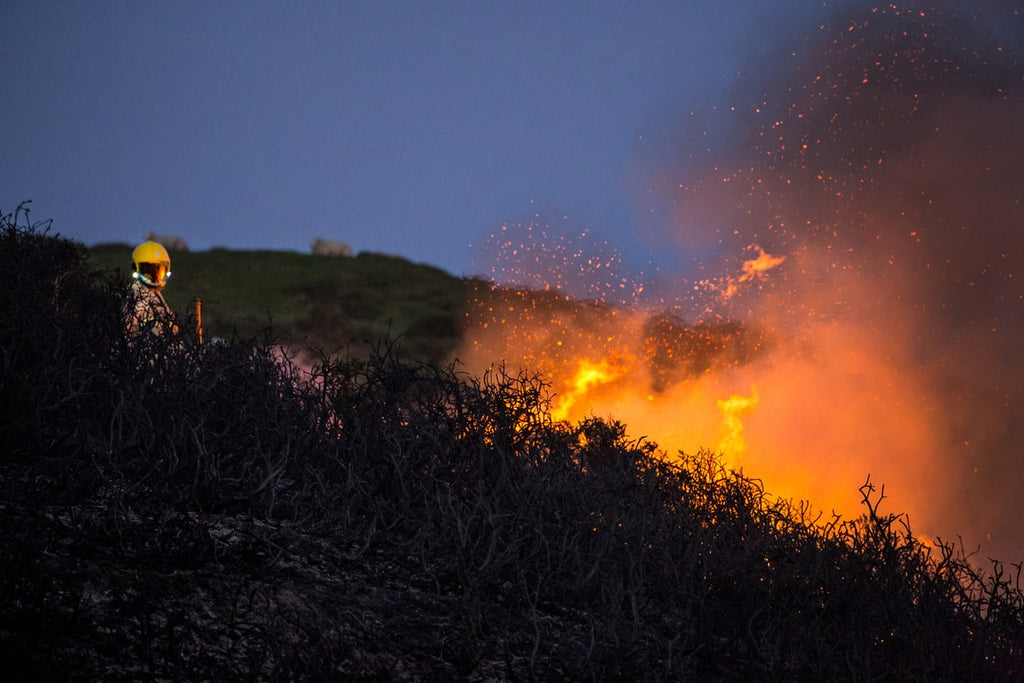
Do not start a fire at all
Where it is possible, do not start a fire at all, especially in the summertime. While we can say that we are careful and watchful, we may not be careful enough, and our human factor kicks in, and we forget about the fire. Where it is possible, the campers prepare for alternatives other than starting a fire during summertime.
Ensure you have wildfire preventive tools available.
Where you discover fire is starting up, only wildfire preventive tools such as water or extinguisher can put it off. So, as one of your packing tools, you should get wildfire preventive tools in your bag pack.

AceVolt 700 Campower
Instead of fire for illumination, you should use the AceVolt 700 Portable power station, also known as Campower, which can last as long as the camping with its 672Wh capacity. The power station uses the LifePO4, which has a longer lifespan than the regular li-on battery. It has different ports capable of charging and giving out electricity to other electrical appliances. It has several charging ports such as the carport, AC Wall Outlet, and solar panel. It weighs 22lbs and comes with a 3-year warranty.
BLM California Fire Restrictions
California is prone to wildfire, and to ensure this event is limited to the barest happenings, there are fire restrictions placed for the state's residents to follow. These fire restrictions, made available by the Bureau of Land Management, California, are different, depending on the district the camping or other event is happening. Here are some wildfire safety rules in these various districts, particularly when it concerns camping.
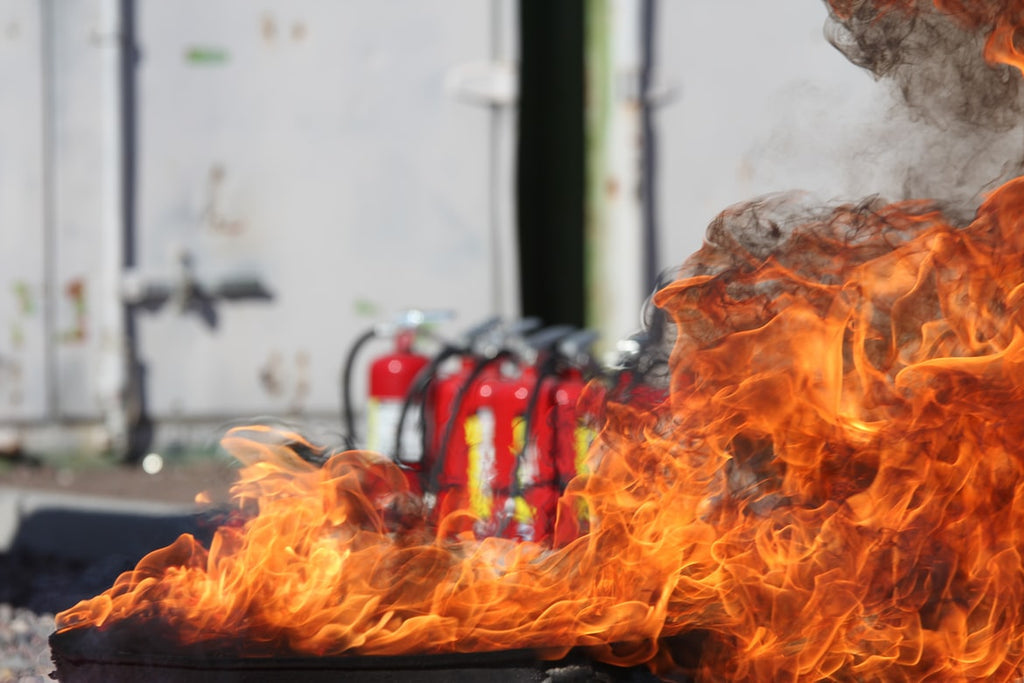
Northern California District
1. In Northern California districts, campfires must have a five-foot diameter area to be cleared to bare soil, and the site must be free of overhead flammable material.
2. The person using a campfire should have a round-point shovel with a handle at least 35-inches-long nearby.
3. Bureau of Land Management campfire permits should be obtained before a campfire is started on its managed lands within the state. Portable Stoves and lanterns using gas or pressured liquid fuel can be used only if shovels, water, and fire extinguishers are available at that location.
4. Fireworks should not be in the campers' possession or used at all.
5. These restrictions apply to all the field offices in the Northern California District.
Central California District
1. Some areas in this district have year-round fire restrictions managed by the Mother Lode Field Office, while others have limited fire restrictions.
2. Some of the fire restrictions in place in this district include:
3. No campfires or any open fires inside or outside of developed campgrounds in the Bakersfield Field Office.
4. In other field offices, campfires must have a five-foot diameter area to be cleared to bare soil, and the site must be free of overhead flammable material. The person using a campfire should have a round-point shovel with a handle at least 35-inches-long nearby.
5. Also, Bureau of Land Management campfire permits should be obtained before a campfire is started on its managed lands within the state. Portable Stoves and lanterns using gas or pressured liquid fuel can be used only if shovels, water, and fire extinguishers are available at that location.
6. No use of combustible engines tools used on the designated roads or trails.
7. Smoking should only be done in enclosed vehicles or buildings.
8. Fireworks are prohibited.
9. No use of torch with open flame.
10. Target shooters should not make use of incendiary or exploding ammunition on Bureau of Land Management's land.
California Desert District
The same restrictions in Central California District apply here with the tools needed during campfire and the diameter measurement of bare soil needed before a campfire can be made all the same.
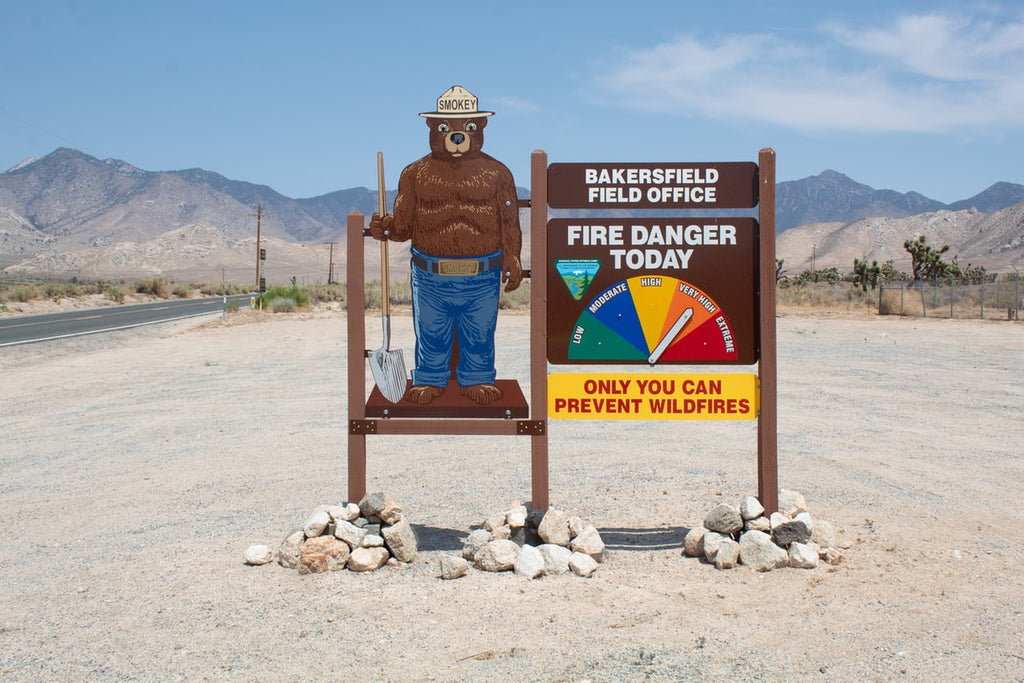
How do you survive a wildfire while camping?
1. Before the camping starts, you should plan and take precautions by packing some wildfire gear along in your packing bags. Kits such as satellite messenger or personal locator beacon, signal mirror, medications, weather alert radio, hiking boots, etc., should be easily accessible from your packing bags.
2. Where the wildfire starts during your camping, you should observe whether it is the fire you encounter or the smoke. The forest fire smoke, you should try your best not to inhale the smoke because it can be dangerous to the body. Also, the color of the smoke signifies how far and how deep the fire is burning. Where you notice white smoke, it means fast-burning fuels are spreading the fire. These fast-burning fuels are primarily grasses.
3. Where you see dark smoke, it means a thick bush or tree is burning. This does not burn fast but burns longer and deeper.
4. You should observe the wildfire's direction and move to the opposite direction where possible. You cannot outrun a fast-burning fuel, but you can leave its path and move towards another course.
5. Move towards a large flat area with little vegetation. The lakes, meadows have little fuel for the wildfire, and it would not successfully burn in that area.
6. You can also move towards the already burnt and blackened earth because the wildfire would have used up all the fuel, and there is a slight possibility it will return that way.
7. Try using your communicative devices to report the fire and request help. You could use your mobile phone, satellite messenger, or personal locator beacon, etc., to communicate.
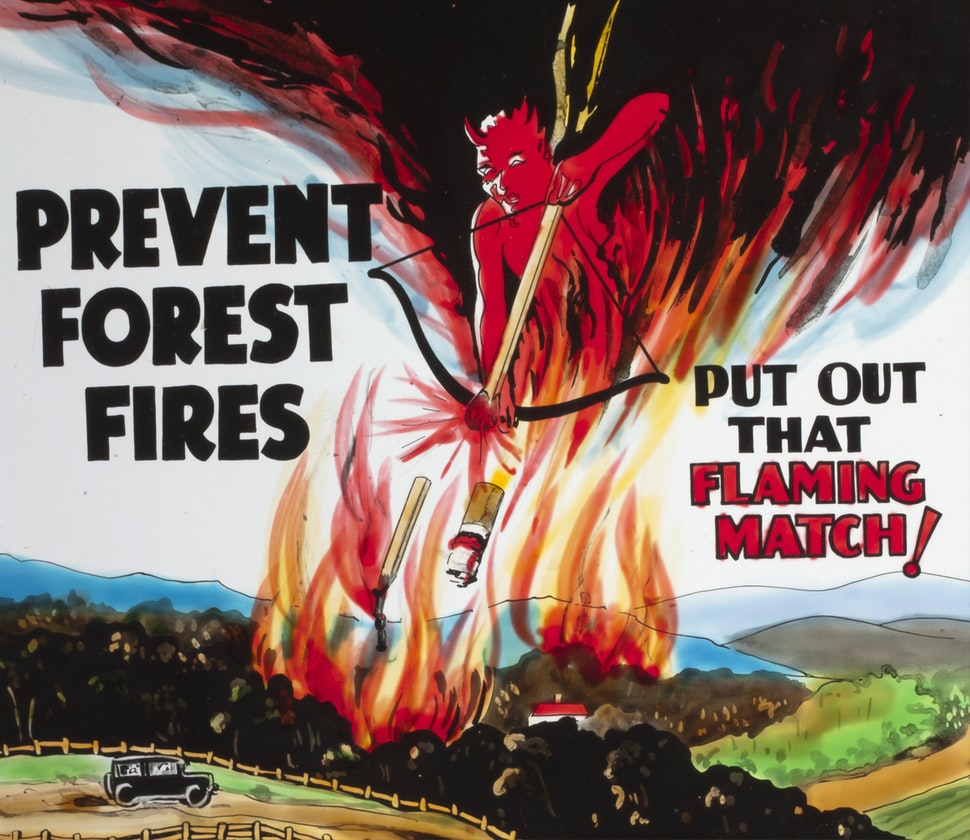
FAQs
Questions about wildfire safety tips like how to stop wildfires? When is fire season? How far can wildfire smoke travel? And what are the dangers of forest fires? should often be asked by intending campers in their preparation for the camping.
In answers to these questions:
How do you stop wildfires?
Wildfires can successfully be stopped when it is put off before it extends to the whole area. Only the fire department can successfully stop it when it has extended by dousing it with enough water or extinguisher to make the fire-fuels get wet and incombustible.
When is fire season?
The summertime, when the trees are also dry, is the perfect fire season. This is because the land is very much incombustible to even a strike of the match.
How far can wildfire smoke travel?
The wildfire smoke travels as far as the wind can carry it before fully dissipating in the air. This means it can travel far and wide.
What are the dangers of forest fires?
There are many dangers of forest fires, including possible death of humans, the possible death of animals, complicated health issues, loss of properties and farming land, discomfort to the residents of that area, etc.
Conclusion
Wildfires could be harmful to humans and all living things, which is why we must take care not to start or be in the middle of a wildfire while camping. All necessary tools and surviving gear should be taken along during camping as wildfire safety measures.
Related Product























Leave a comment